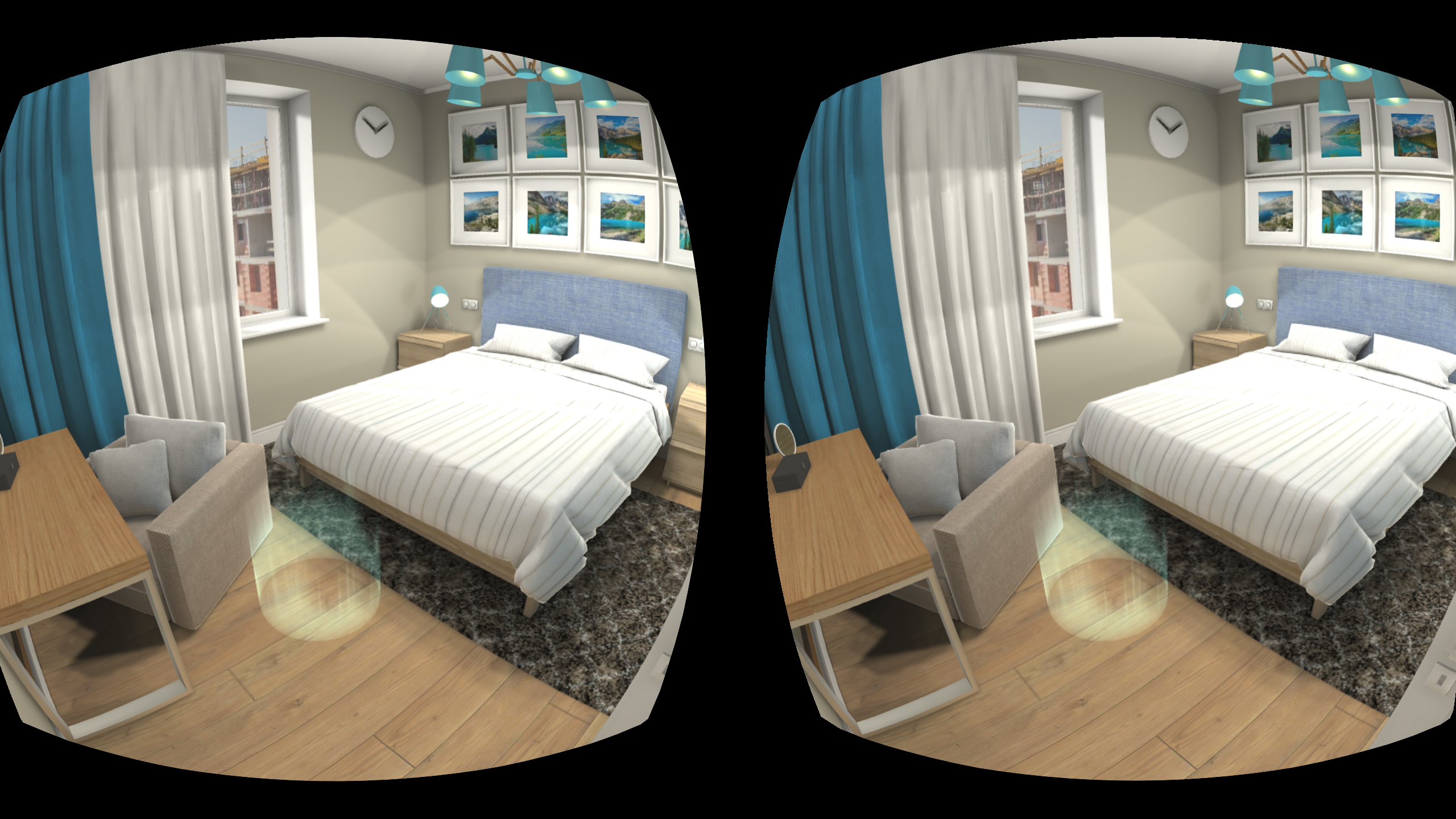
And this is strange, because according to research, visual communication is much more effective than verbal communication. In this post about the reasons why visual content is the most effective way to deliver a message to the brain of the audience, about the types of such content today, and about possible reasons why traditional verbal means are still popular and, if not outperforming, then at least comparable in popularity to modern language of visual content.
It is better to see once and at the same time to see well
In addition to speculative conclusions and not too detailed and scientific marketing statistics, there is quite basic research on why visual content is the most effective and better perceived by the audience. Indirectly, but very convincingly, this is evidenced by a study by neuroscientists from the University of Rochester.
Scientists have proven that the most important type of human perception is visual. The study demonstrates that more than 50% of the neurons in the cerebral cortex are involved in the processes of visual perception. This is determined by the paramount importance of visual information for humans throughout their evolutionary history.

visual cortex - an analyzer responsible for receiving visual information by the brain, an impressive part of the neurons of the neocortex is connected to it, providing perception, formation and comparison of images, interaction with visual memory
In other words, for centuries it has been more important for a person to see objects than to hear, feel tactile or smell. It is this type of perception that has determined a lot in our culture and it is he who is the leading one in Homo Sapiens to the present day.
Among commercial studies on the effectiveness of different types of content in communication, a detailed Not Another State of Marketing Report from HubSpot software developers for marketers deserves special attention; all research participants agree that visual communication is several times more effective than verbal one.
John Medina, a renowned molecular evolutionary biologist with research in genetics and neuroscience at the University of Washington, puts an end to the issue of the leading type of perception in humans. In his video, the scientist demonstrates that a person, having received information received through verbal communication channels, for example hearing, after three days will be able to reproduce only 10% of it. Whereas adding visualization allows you to assimilate up to 65% of the information.
Thus, there is no doubt about the importance of visualization for perception, and, which is sometimes more important than the assimilation of transmitted information. This is important for education, trade, journalism, and is important in project work, where project participants need to assimilate a large amount of data.
Overview of modern means of visual presentation of content
VR Tours in Real Estate and Museum Business A
form prevalent primarily in real estate trade, as well as educational and museum content. It grows very rapidly and gives the user an impression that is almost identical to the real one. In real estate trade it coexists with time-tested renders, in museums with AR and audio guides, and in education it is practically an independent tool. Curiously, Goldman Sachs in 2020 predicted a cumulative prospective profit from VR in real estate of about 2.6 billion dollars until 2025.

360 panoramas and 3D-views in online trade
360 photos are panoramic photographs, despite the fact that they have been known since the heyday of analog photography, 10 years ago such content caused a WOW effect and was considered something unusual. Today more and more people are getting used to it, especially buyers of luxuty and premium goods on the network. There are 360 city and museum tours, 360 reviews of houses and apartments.

The challenges of storing large volumes are being addressed by companies like Cappasity, which are building SaaS platforms that allow large stores to store 3D renderings of their products in the cloud without increasing server load. The service actively uses the domestic TSUM and overseas American Greetings.
Review3 has taken a fundamentally different path, where 3D surveys of the object are created using 3D modeling. The company massively creates reviews of popular products and offers to buy placement and "tie" reviews to the store using the API.

This process speeds up content placement and dramatically lowers the cost of using content. The service is used by both large brands, such as DNS and Yandex-Market, and small stores.
Custom visual social media content
The main attraction factor for such content is the "liveliness" of the photos. In fact, this is the most visited content on the Internet today. There is nothing fundamentally new in it, but there are unwritten format frameworks that are dictated by the convenience of obtaining information in a particular social network. It is of particular interest for content marketing, but its promotion, as in the case of most other solutions, will require additional investments. With regard to social. networks there is a simple rule: the higher the quality, uniqueness and originality of visual content, the lower the cost of its promotion.

Non-digital visualization in content marketing
When we talk about the language of visuals, then one of the main tasks of the content is to capture the imagination of the audience. You need something unusual, significantly different from what the network is crowded with. This brought classical techniques back to life, such as drawing, painting or handwritten phrases. This is especially in demand by businesses that need humanization in the age of sterile content created by designers. Social media content networks that serves the same purpose are already fed up with the user, and the appearance among corporate content of drawings, paintings and handwritten phrases makes it not only alive, but also extraordinary. It plays especially well in contrast when a large, well-known company uses such custom and almost home remedies.

Why is all this in less demand than banal approaches to visualization?
This question arises for many who create modern content and face customers, especially in Russia. So real estate sellers only want renders, ignoring VR and AR solutions. Not all online stores are in a hurry to introduce 3D reviews and panoramic 360 photos, museums rarely offer anything other than audio guides, and visual content of large companies rarely differs significantly from industry templates of the late 90s of the last century.
According to my empirical assessment, for 20 original visual solutions using modern technologies and creative approaches, there are 80 completely ordinary standard solutions in the Russian segment, which were not impressive already in 2008. It's a similar story with off-net scenarios for using visuals.
Outside Runet and Russia, the situation is not much better. I came to the conclusion that the main reason for this depressing retrograde is the unwillingness of decision makers to perceive something new and the fear that the new visual will not work effectively.
Companies, media and museums are often run by people who live by stereotypes of the past. They may be impressed by the new technology, but they will not dare to apply it in their own business, their organization, for their project. Even the thesis that visual content objectively works more efficiently is not obvious to them.
Do I need to do something about it?
It is pointless to persuade the most rigid leaders. Even if a leading glossy business publication writes that these methods cannot be dispensed with, they will most likely ignore it. All the rest are convinced by the numbers and positive examples of use. An acquaintance of mine works for a developer, and he was skeptical about the introduction of VR tours until he found out that Sotheby's was using them. Another opened an online electronics store and resisted buying 3D reviews until he learned that they had raised the conversion rate from Svyaznoy. No logical reasoning works here, because most of us are hostages of our own experience.
Photo content used:
verniedruzaj.ucoz.ru/news/distancionnyj_onlajn_kurs_dlja_pedagogov_i_ne_tolko/2017-12-03-243
fashions-girls.ru/%D1%81%D0%BC%D0%B5%D1%80%D1%82%D0%B5%D0%BB%D1%8C%D0%BD%D0%BE%D0%B5-%D1%81%D0%B5%D0%BB%D1%84%D0%B8-%D0%BA%D0%B0%D0%BA-%D1%81%D1%82%D0%B0%D1%82%D1%8C-%D0%B7%D0%B2%D0%B5%D0%B7%D0%B4%D0%BE%D0%B9-%D1%81.htm
www.gizmodo.com.au/2014/03/photo-wizard-warps-reality-invokes-interdimensional-wormholes-on-earth
fashions-girls.ru/%D1%81%D0%BC%D0%B5%D1%80%D1%82%D0%B5%D0%BB%D1%8C%D0%BD%D0%BE%D0%B5-%D1%81%D0%B5%D0%BB%D1%84%D0%B8-%D0%BA%D0%B0%D0%BA-%D1%81%D1%82%D0%B0%D1%82%D1%8C-%D0%B7%D0%B2%D0%B5%D0%B7%D0%B4%D0%BE%D0%B9-%D1%81.htm
www.gizmodo.com.au/2014/03/photo-wizard-warps-reality-invokes-interdimensional-wormholes-on-earth